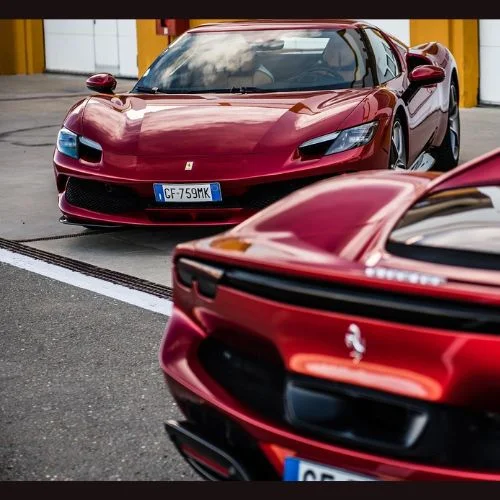An agreement has been reached between the Odisha government and JSW Group to establish an electric vehicle (EV) and electric vehicle battery manufacturing plant in Cuttack and Paradip. Rs 40,000 crore would be invested by the corporation in the massive production complexes.
A 50 GWH EV battery facility, EVs, a lithium refinery, a copper smelter, and other component manufacturing facilities make up the project. Additionally, the manufacturing plant will contribute to the creation of approximately 11,000 jobs, signaling a notable increase in the state’s employment generation.
India revealed its ambitious 2030 decarbonization target during COP26. This means that by 2030, the energy industry must achieve 500 gigawatts of renewable energy generating capacity and cut its carbon emissions by fifty percent. It also means joining the worldwide EV30@30 movement. India wants to treble its existing renewable capacity to do this, and the EV30@30 campaign is explicitly focused on making sure that by 2030, at least thirty percent of new vehicle sales will be electric cars (EVs).
At least for the class of passenger vehicles, that is a significant challenge. Of the 3.8 million passenger automobiles delivered in 2022, just 49,800 were electric cars (EVs), or barely 1.3% of all cars. Automakers and related industries, however, are still optimistic about the usage of electric vehicles (EVs) shortly. Both established and emerging businesses are looking into a variety of avenues for vehicle and auto component R&D and commercial manufacturing.
According to projections, the Indian EV industry, which was estimated to be worth US$2 billion in 2023, might grow to US$7.09 billion by 2025. By 2030, 10 million EVs are expected to be sold annually in the domestic market, according to industry projections.
In this market brief, we go over some of the initiatives being taken by the government and automakers to increase India’s market share of electric cars for both private and public transportation.
According to a Bain & Co. analysis, by 2030, electric two-wheelers would account for 40–45% of all EVs sold in India, while electric passenger cars might make up 15%–20%. Nonetheless, by that time, the Indian government wants to see 40% of buses, 30% of private automobiles, 70% of commercial vehicles, and 80% of two-wheelers adopting electric vehicles, according to a Niti Aayog study.















